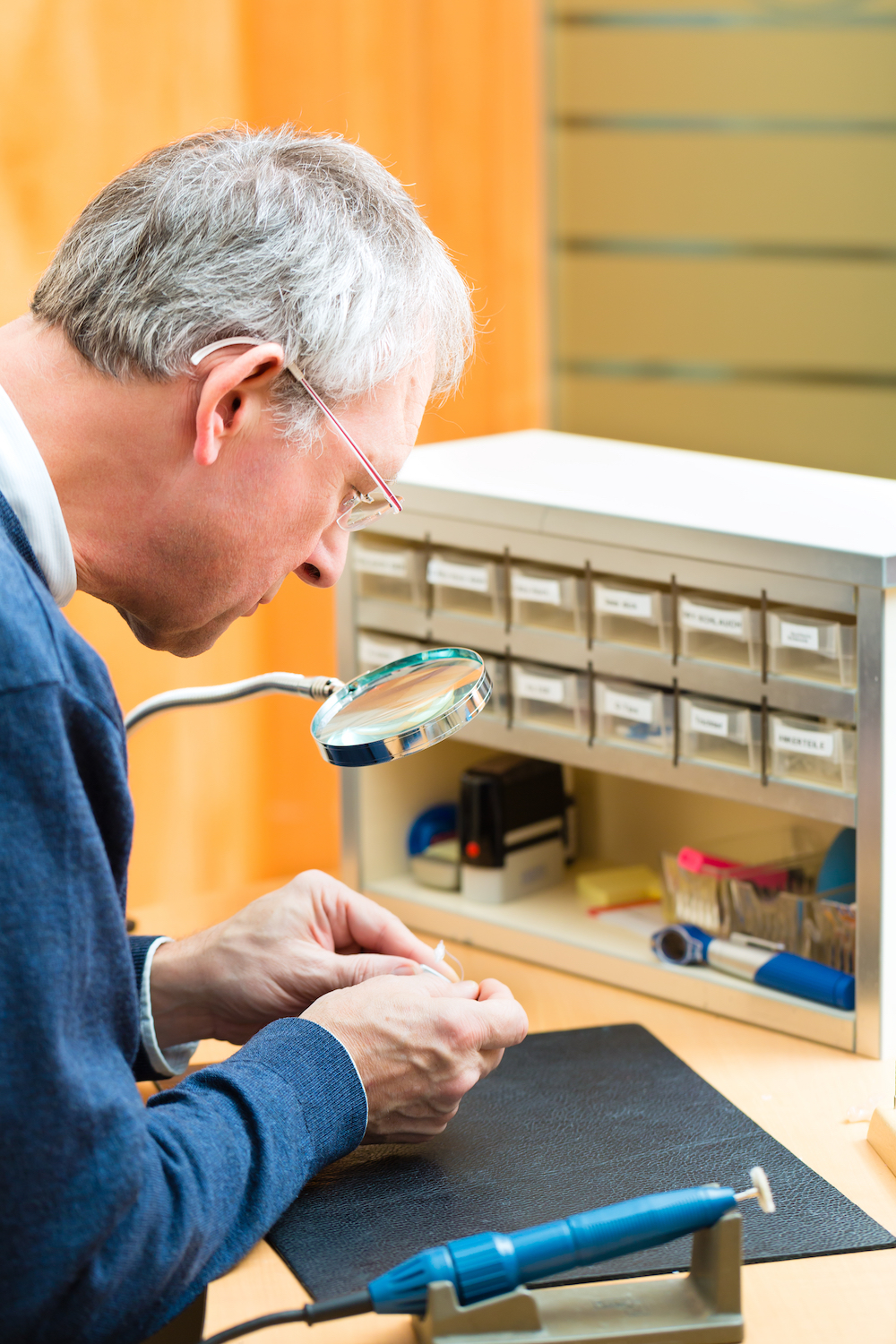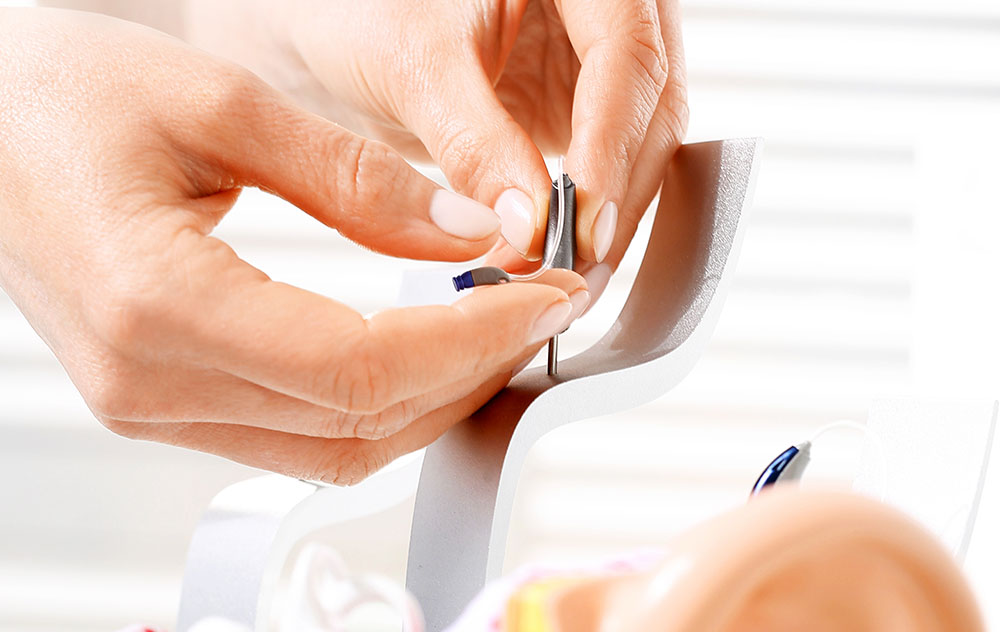The Causes of Acquired Hearing Loss
There are three main types of hearing loss. These are conductive,

By: admin | March 19, 2020
When it comes to a successful hearing aid fitting, it is much more than just selecting the correct device for your hearing needs. The hearing aids need to be properly fitted to your ears so that they provide the correct amount of amplification and to also maximize the quality and hearing aid benefit.
Before the fitting takes place, your audiologist will conduct a thorough hearing test to measure the softest sound that you can hear and at different pitches. The audiologist will then report their findings and record the volume of sound that is uncomfortably loud for you. Based on these tests, your audiologist will know exactly how much benefit the hearing aid needs to provide to amplify the softer sounds so that they become audible. The audiologist will be able to compress loud sounds so that they are not too uncomfortable when you are wearing the hearing aids.
There are different styles of hearing aids that you can get. This varies on the levels of technology being used, and with advancements being made all the time, things are constantly improving. Thankfully, the audiologist will discuss all the options available to you, so that you can make an informed choice of what is best for you. You can choose different styles that may include:
Once you have decided and you are fitted with the sizing, they can take some time to arrive and you will have your actual fitting appointment.
At the hearing aid fitting appointment, your audiologist will verify that the hearing aids are correct and what you wanted. They will test the hearing aids to ensure that the softer sounds will be heightened and that any of the louder impressions are set at the level they should be in terms of what you will receive in sound. They will also conduct a real ear measure which is done via a thin tube that will be inserted into your ear canal. The tube is connected to a microphone and this will measure the volume of sound near your eardrum, without any hearing aid device near.
After that, your hearing aid will be inserted into your ear, taking care not to move the probe or the tube microphone that will have already been inserted into your ear canal. Once the hearing aid is turned on, your audiologist will measure how loud the sound is at the output of your hearing aid that has been inserted into your ear. Your audiologist needs to get a broader understanding of the levels of sound, so they will play different sounds varying in soft and loud pitches to verify if you can hear them. They will also check that loud sounds will not exceed your discomfort level that was previously checked.
It is essential that there is a proper verification of your hearing aid setting and this is vital to the fitting appointment being a success. If the measures are not completed, then the audiologist will not be able to confirm or determine whether the hearing aids have been programmed correctly. Having the real ear measure tests ensure that you are getting the appropriate amplification in accordance with the severity of the hearing loss being experienced.
When it comes to the hearing aid appointment and fitting, you should expect that the time you are in there for can last between one and two hours. This may seem like a very long time, but it is important for the audiologist to consult and determine all reports and tests have taken place, and to also confirm that the measures being placed within the hearing aids are in accordance with your hearing loss and also the sounds that are comfortable for you to hear.
The idea behind this long appointment is that not only will you have your hearing aids fitted correctly and that you are assured they are set to the right settings, but you will also know exactly how to use the hearing aids successfully and the general upkeep of them moving forward. You will learn things such as how to change and discard batteries. Or if the hearing aids use rechargeable batteries, how to make sure that you do this correctly. You will be made aware of any advanced settings or features that you can take advantage of. This will depend on the style of hearing aids being chosen and the severity of the hearing loss that you experience. You will understand how to adjust the volume or make any adjustments that are not automated. As a rule, you will also know how to clean and maintain the hearing aids, so that you can go on to get the best possible use from them.
You can learn more about El Paso Hearing & Audiology Center and the technology we offer by calling our office at (915) 532-6935.

There are three main types of hearing loss. These are conductive,
By: admin | April 27, 2021

You have experienced hearing loss for a while now and have finally decided
By: admin | March 16, 2021

For anyone who has experienced any level of hearing loss, getting hearing
By: admin | February 24, 2021
